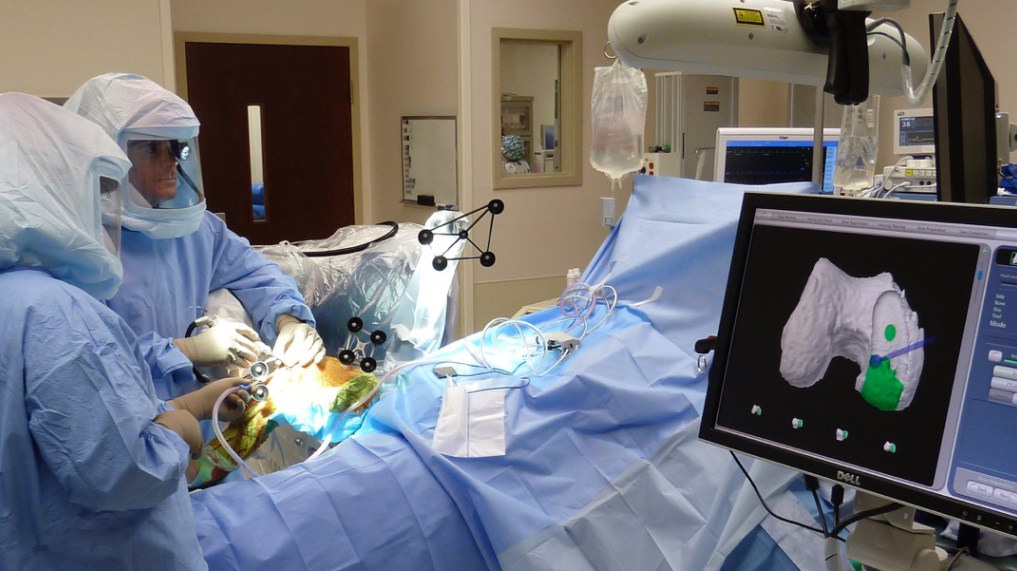Is There a Method to Stryker’s Mako Madness? (OrthoFeed)
Stryker certainly can’t be accused of rushing its rollout of the robotic-arm assisted total knee arthroplasty application for use with its Mako system. FDA approved the company’s Triathlon Total Knee System for the use with the Mako robot in August 2015, but the company made the market wait more than a year for the full commercial launch, which finally happened this past March. Stryker wanted to release the product at a measured pace in an effort to maximize its chance of success.
Now, the company is working through a backlog of new Mako orders and upgrade requests from current Mako customers wanting the total knee application.
Katherine Owen, vice president of strategy and investor relations at Stryker, provided an update on the latest Mako product during the company’s recent second-quarter earnings call. She said Stryker installed 26 new Mako robots globally during the quarter, and continued to see “solid uptake” for upgrades. She said she expects all of the U.S. Mako upgrades will be completed by the end of 2018.
“I think the biggest gating item right now is our ability to identify, hire, and train the Mako specialists, who are critical to ensuring that not just the surgeon, but his entire OR staff is prepared to have a really successful experience as they start to adopt the Mako robot,” Owen said.
So a surgeon wanting the Mako total knee robot today would be looking at roughly a five-month wait before being in a position to start performing the procedure. That wait time does vary somewhat, CEO Kevin Lobo added, based on the surgeon’s location in relation to the nearest Mako specialist.
“The issue isn’t us being able to build and get you a robot, the issue is getting you in the queue and getting you trained and through that process as we hire additional Mako specialists,” Owen said.
Lobo said the company is prioritizing investment to make sure the wait list is not too long for its customers, and that the pacing is appropriate. But so far, more than 400 surgeons have been trained on the new application and are having “a very good experience” with it, he said.
That training pace has driven utilization of the procedure to more than 5,000 since it was launched, Owen said.
